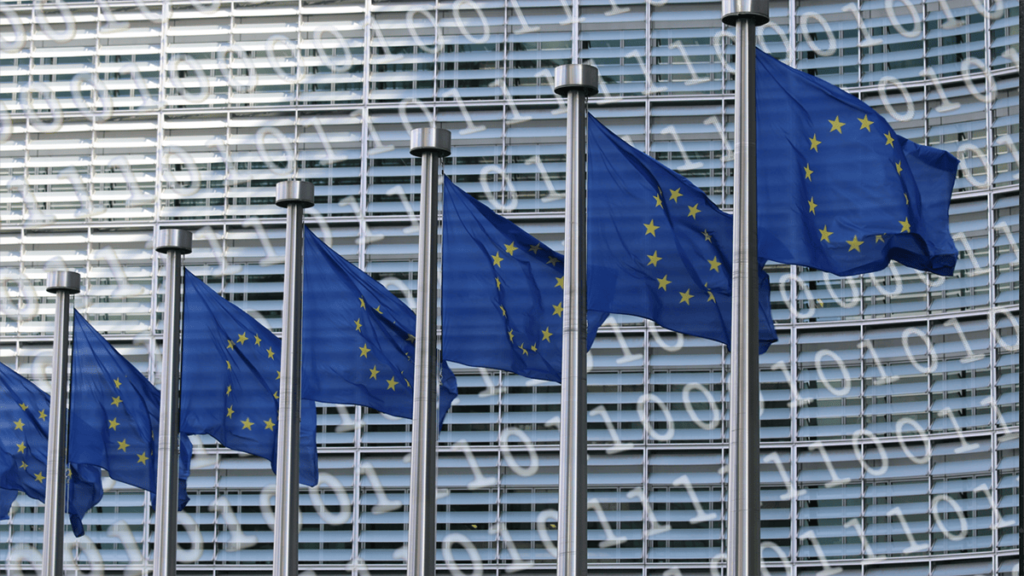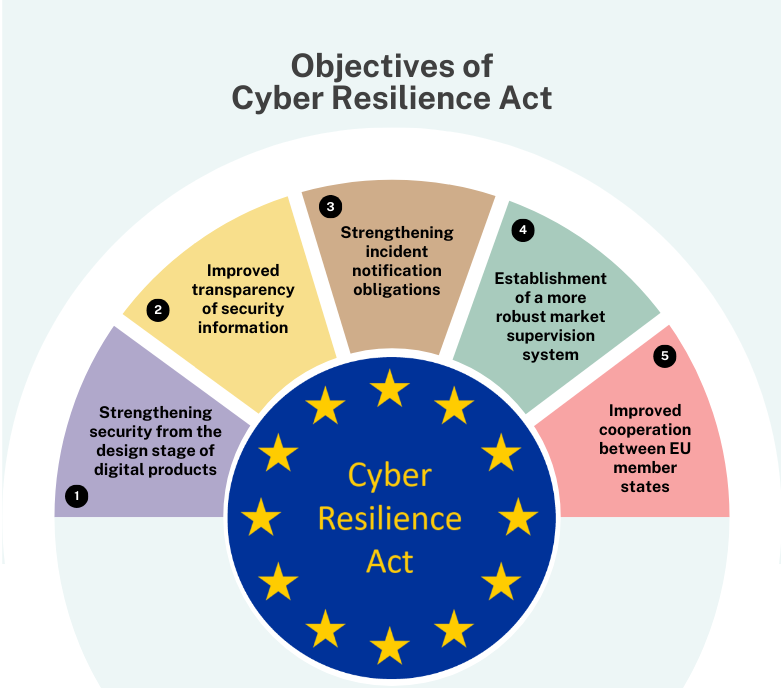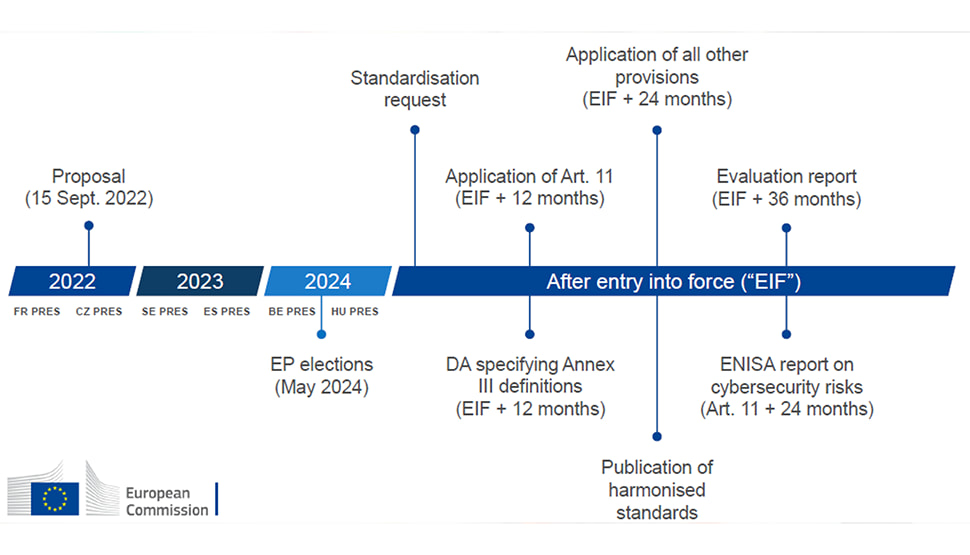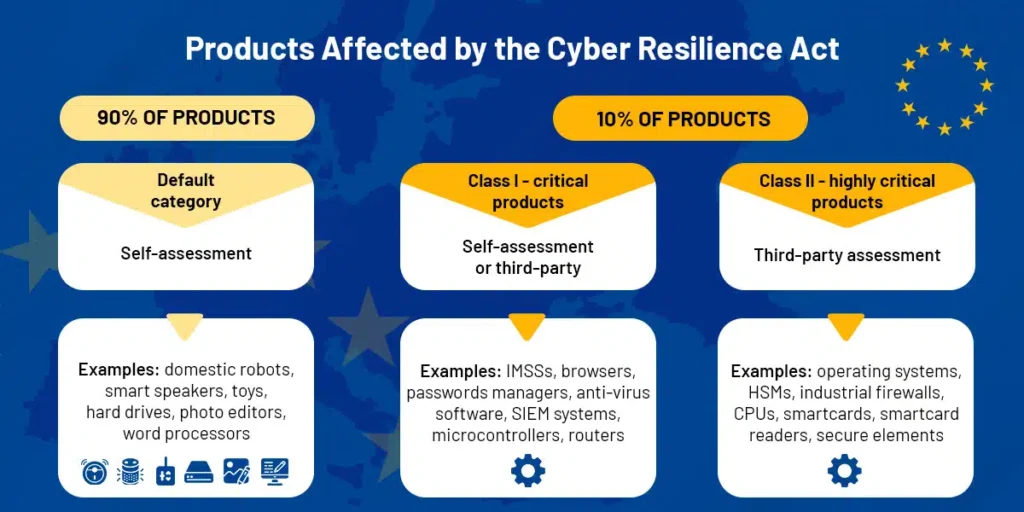The new official regulation, the Cyber Resilience Act (CRA), is shaking things up in the tech world. Introduced by the European Union, this regulation targets the root of many cybersecurity problems, such as insecure products with digital elements. Think of it as the EU saying, “If you’re going to sell tech here, it better be built to last against attacks.” It’s not just about patching vulnerabilities when things go wrong. The CRA demands that security is baked in from the start, covering a product’s entire lifecycle.
This isn’t a casual suggestion. The CRA responds to the cyberattack surge by exploiting poorly secured devices and software. By introducing mandatory standards, it aims to kick less-secure products off the market and set a new benchmark for security. For businesses, this means the bar for compliance just got a lot higher, but it also opens up opportunities to build trust with customers who are tired of worrying about hacks and data leaks.
What the CRA requires
The CRA is clear about one thing: security is non-negotiable. Adopted by the European Union on October 10, 2024, CRA is a firm directive to make cybersecurity a fundamental part of digital products. This regulation requires companies to embed security into every phase of a product’s lifecycle, from design and development to deployment and maintenance, ensuring resilience against evolving threats.
One of the most visible changes introduced by the CRA is the CE marking for cybersecurity compliance. This isn’t just a sticker; it’s a signal that a product meets the EU’s stringent security standards. this represents both a challenge and an opportunity for manufacturers. While it raises the stakes for compliance, it also offers a way to build trust and stand out in a competitive market where reliability is increasingly valued.
Transparency is another cornerstone of the CRA. Businesses must clearly explain how their products are secured and address any risks, ensuring that both regulators and users are informed. The Act also mandates quick action on vulnerabilities: companies must report actively exploited vulnerabilities or major cybersecurity incidents to authorities within 24 hours. Additionally, free security updates must be provided for the product’s expected lifespan or at least five years. CRA will come into force in 2025, with a two-year window for businesses to achieve full compliance by 2027.


What CRA means for businesses
Easily said, for businesses, the CRA is a wake-up call. Security can’t be treated like an optional add-on anymore. This isn’t about adding a layer of protection at the last minute; it’s about embedding security into every product development phase. From design to deployment, cybersecurity must be crucial, and achieving this shift demands more than just tools; it requires a change in mindset. Automated systems for testing vulnerabilities and ensuring compliance aren’t optional anymore; they’re now the baseline. But the real challenge lies in fostering a culture where security is a constant focus, not a one-time task.
For those who fail to meet CRA requirements, the consequences are big: fines, exclusion from key markets, and reputational damage. But for companies that get it right, the benefits are substantial. Aligning with the CRA means more than avoiding penalties because it’s an opportunity to lead in a market increasingly driven by trust and reliability. Customers value security, and businesses prioritising it can build stronger relationships and stand out as leaders in their field.
The CRA also forces businesses to think long-term. Secure-by-design approach it’s a commitment to transparency and accountability in an era where consumers are hyper-aware of cybersecurity risks. Companies that embrace these changes can turn compliance into a competitive edge, showing that they’re not just meeting requirements but exceeding expectations. And maybe, most interestingly, the CRA can level the playing field. Smaller companies, often overshadowed by larger competitors, now have an opportunity to shine by demonstrating robust security measures.




How to align with the CRA requirements
So, what does implementing the CRA look like? One method can start with adopting DevSecOps and integrating security into development and operations. This means using tools like Static Application Security Testing (SAST) to catch issues early and automating vulnerability scans throughout the product lifecycle. Secure configurations and updates are non-negotiable, requiring robust systems for patch management and real-time monitoring.
Another key strategy is Zero Trust architecture. The idea is simple: don’t trust anything or anyone by default. Every user and system has to prove they belong every time. This approach minimizes attack surfaces and ensures that the damage is contained even if one part of the system is breached. It’s a practical way to align with the CRA’s goals and protect against the sophisticated threats businesses face today.
The CRA isn’t just about keeping regulators happy, but it’s about addressing real-world risks that affect businesses and consumers. The fallout from insecure products is costly and far-reaching, from data breaches to ransomware attacks. The CRA pushes companies to step up and take responsibility, ensuring their products are secure not just at launch but throughout their usable life. This is a chance for businesses to turn compliance into a competitive edge. Secure products build trust, and trust builds loyalty. The CRA might seem like a burden at first, but it’s also a roadmap to creating better, more resilient technologies that meet the demands of today’s digital world.

